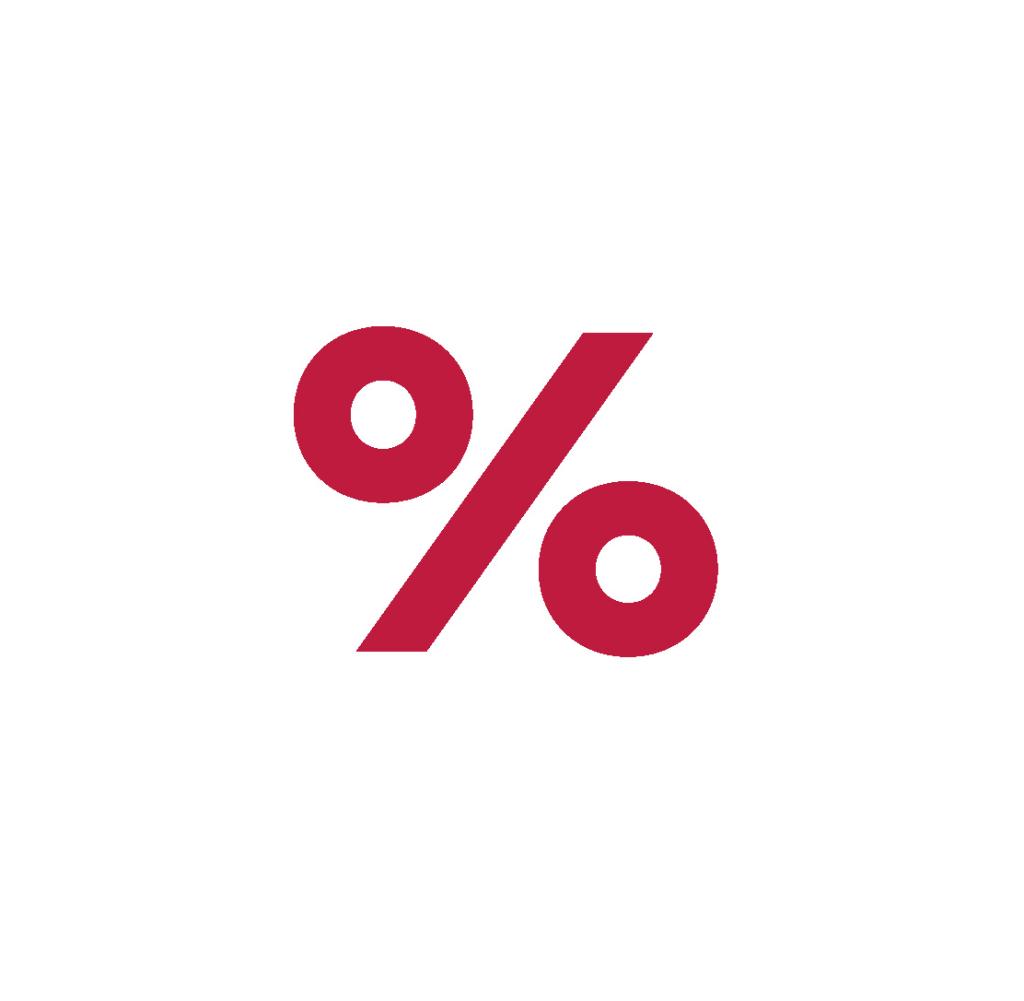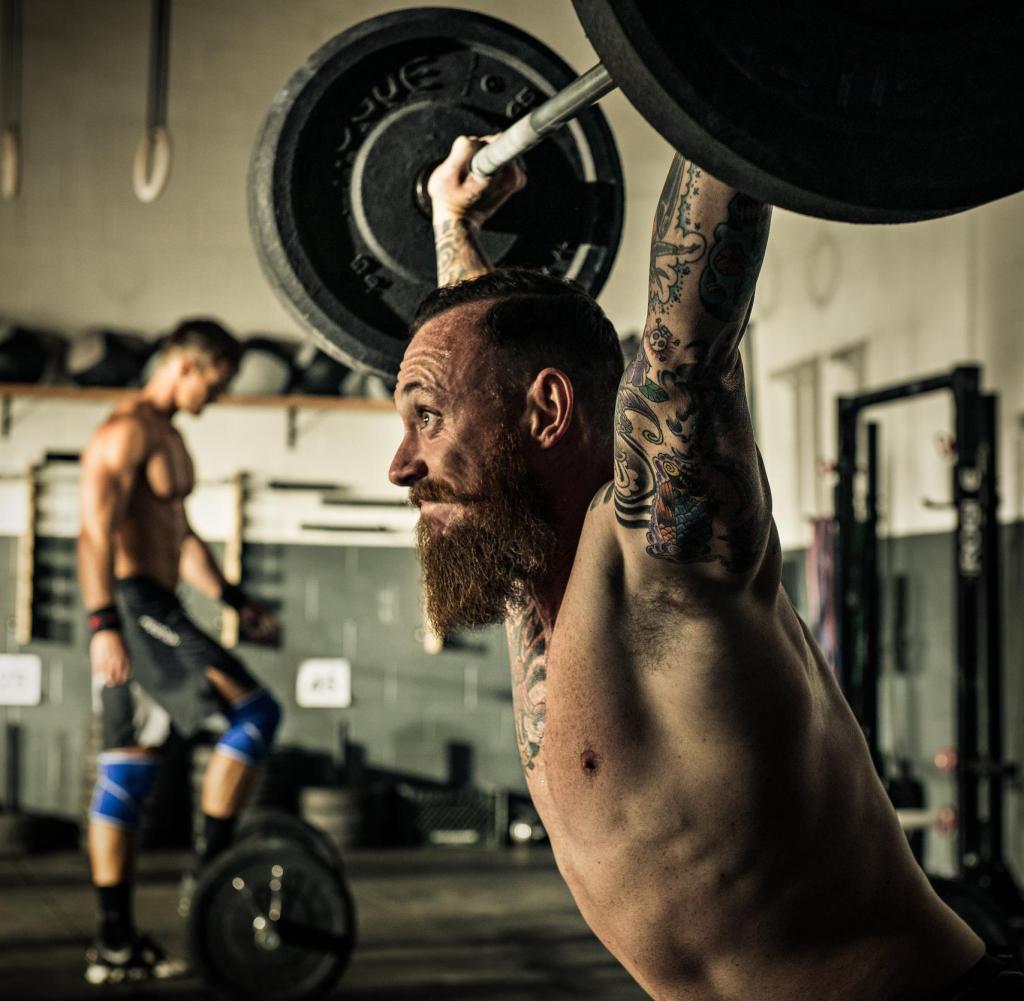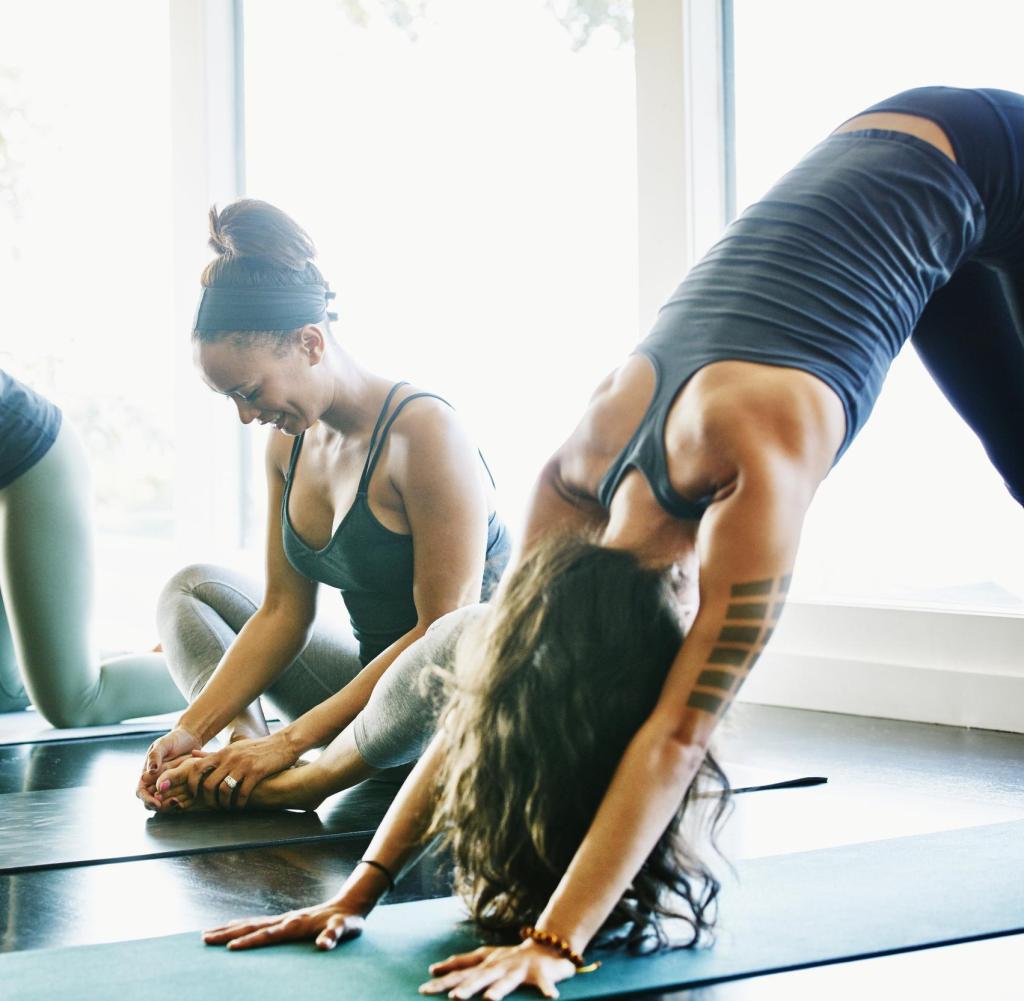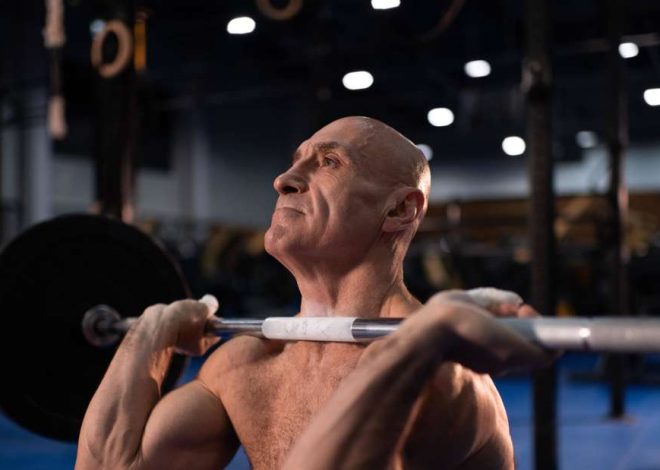
Fitness: How often do you have to train to get the beach body you want?
JEvery summer, many people start the battle against excess fat again – they need to get a decent beach body, and as quickly as possible. It should be clear by now that this cannot be achieved with a starvation diet alone. Only a healthy diet and a strict exercise plan can really help.
But how often should you actually train per week? Every day, is that perhaps more effective, or are the weekends enough – and if so, how long and intensive should the training be so that results are visible as quickly as possible? The best thing to do is to ask a personal trainer directly: Arlow Pieniak is a movement therapist and trainer in Hamburg who gets tired people fit in his studio Work it, which is popular (also among fashion bloggers!).
Intensive training sessions are more effective
Recent studies have shown that intensive training sessions in short intervals (high intensity interval training, or HIIT) are the most effective when it comes to burning fat. Pieniak agrees, because the body only uses its “valuable” fat reserves, which were actually vital in the event of food shortages thousands of years ago, when it absolutely has to.
And it is precisely this emergency situation that is tricked into the body with high-intensity interval training, says Pienak: “Perhaps it is a matter of life and death, the effort is so great that the body can only cope with it if it taps into the energy from the fat reserves in addition to the freely available carbohydrates in the blood and muscles.”
Strength or endurance training? It’s all about the mix – it’s best to vary the sport several times
Source: Getty Images
In the long term, the fitness expert explains, this has the advantage that the body becomes more and more effective at burning fat. Someone who does HIIT every day will eventually use up more energy than they supply to the body – also known as a negative energy balance. Nevertheless, “the idea that calm endurance training proportionally burns more fat, that’s true, but not in absolute terms. A misconception that is quite persistent.”
In terms of burning fat and everything to do with the circulatory system, training at a high heart rate (like HIIT) is more effective than moderate training. “However, moderate training can do one very important thing better: reducing stress. That may not be the main focus for many people, but a high level of stress is not only unhealthy, it is also bad for fat burning,” says Pieniak. In this respect, continuous exercise should definitely have a fixed place in the training plan.
How often should you train per week
Does a lot really help a lot? Yes, says the Hamburg fitness expert, because “our bodies are designed for movement, only a lack of exercise harms it.” However, you shouldn’t overdo it right away. If you haven’t exercised much before, you shouldn’t train six days a week straight away, but rather increase the number of training sessions steadily. And real sports haters or people with very little time who still don’t want to look completely untrained can get by with three sessions a week, says Arlow Pieniak.
This should include a sporty week
HIIT, yoga, Pilates, jogging, swimming, strength training – the range is almost inexhaustible and more extensive than there are days in a week. But which sports really help when it comes to the perfect figure? “I would divide it up here: if you are only looking for health or visual benefits, you should focus on strength training and HIIT.” Because these two sports belong in the “training” category – so they have no other goal than to change the body in a positive way. “Not just in terms of losing weight, but also to eliminate pain or posture problems.”
“On the other hand, sports like yoga, Pilates, jogging or swimming are about the goals of the sport itself.” While in yoga, for example, you try to master certain poses, in jogging and swimming you try to be particularly fast or have endurance, and in climbing and bouldering you try to overcome new levels of difficulty. In such sports, it is less about changing your body – that is a positive side effect, but never the primary goal. You should therefore always choose this type of sport based on personal preferences and fun factor.
These exercises should not be missing from any training plan
When it comes to strength training, the personal trainer recommends the following basic exercises: squats, presses, deadlifts and bench presses or push-ups – because they represent the basic patterns of human movement. “Only those who have mastered these exercises should attempt more complex things like lunges, jumps or kettlebell swings,” advises Pieniak.
Yoga is less about training the body than about achieving new goals – but that also belongs in an effective training plan
Source: Getty Images
With high-intensity interval training, however, the exercises should be chosen according to personal preferences and ability. “Whether you do HIIT on a stationary bike, on a running track or with a kettlebell depends on how fit you are and what you like to do.”
Time for work-out and rest
Of course, generalizations are not possible here either: the length of the workout depends on your own fitness and the training goal you want to achieve. Arlow Pieniak recommends a duration of 30 to 40 minutes for strength training for beginners, HIIT or any comparable interval training should last between five and 25 minutes.
Powering through seven days a week is of no use to the body; it also needs rest days. Beginners in particular should adjust their exercise and rest phases to their own level of training and should not train more than three days a week with four days of rest. Professional athletes, on the other hand, train for several hours up to three times a day, depending on the sport.
How long the workout lasts always depends on your own level of training – beginners should not overdo it
Source: Getty Images
And what does the expert recommend for nasty muscle soreness? Opinions differ as to whether you should train or take a break: “If you have muscle soreness, you shouldn’t repeat the same exercise that caused the muscle soreness. Because the muscle hasn’t recovered yet and the risk of injury is higher.” If the muscle soreness is the result of strength training, HIIT or moderate endurance training is recommended – both help the muscle to regenerate, explains Pieniak.
Sports sessions in everyday life as a replacement for training?
If you don’t have much time or are skeptical about sport, you can simply incorporate certain training sessions into your daily routine, for example by climbing stairs instead of taking the elevator. According to Arlow Pieniak, the main thing is to integrate the right movements into your daily routine. That means standing correctly, walking or moving in general.
However, a distinction must be made between the two concepts, says Pieniak. “Training provides training-effective stimuli that make the body change something. Reduce fat, build muscle, or something similar. Physical exertion in itself may be very strenuous, as the name suggests, but it is not a training stimulus.”
In order to systematically change your body, precisely controlled stimuli must build on one another – and that is practically impossible in everyday life. Working in the garden or lugging shopping bags is strenuous, but does not give the body any training-effective stimuli to improve performance. “It is very good and healthy to take the stairs, ride a bike, etc., but that is not training.”
The right diet
No dream figure can be achieved through exercise alone – diet is also crucial. Therefore, during the exercise phase, you should eat more vegetables, proteins (from fish and meat) and high-quality fats from nuts and oils and avoid sugar, white flour, “bad” fats and alcohol.
“However, most people who start exercising and change their diet at the same time make the mistake of consuming far too little energy. And after a short time, they stop both exercising and changing their diet.” That’s why you should eat both high-quality and sufficient food, advises the personal trainer. And that’s often harder than you’d think.
Visible successes are achieved quickly
With the right training and diet, the first visible results can be seen after just four weeks. However, the Hamburg-based exercise therapist warns against focusing too much on the scales. “So much happens in the body during such a change that you can easily lose two kilograms of fat without losing a gram on the scales.” He recommends buying a fat caliper or, even easier, taking a before and after photo. However, this should be assessed by someone else, because as always, you are the worst judge of yourself – at least visually.
Further information about Arlow Pieniak and his training programs can be found at workittraining.de.
Follow us under the name ICONISTbyicon on Facebook, Instagram and Twitter.
This article was first published in July 2017.

Ethel Purdy – Medical Blogger & Pharmacist
Bridging the world of wellness and science, Ethel Purdy is a professional voice in healthcare with a passion for sharing knowledge. At 36, she stands at the confluence of medical expertise and the written word, holding a pharmacy degree acquired under the rigorous education systems of Germany and Estonia.
Her pursuit of medicine was fueled by a desire to understand the intricacies of human health and to contribute to the community’s understanding of it. Transitioning seamlessly into the realm of blogging, Ethel has found a platform to demystify complex medical concepts for the everyday reader.
Ethel’s commitment to the world of medicine extends beyond her professional life into a personal commitment to health and wellness. Her hobbies reflect this dedication, often involving research on the latest medical advances, participating in wellness communities, and exploring the vast and varied dimensions of health.
Join Ethel as she distills her pharmaceutical knowledge into accessible wisdom, fostering an environment where science meets lifestyle and everyone is invited to learn. Whether you’re looking for insights into the latest health trends or trustworthy medical advice, Ethel’s blog is your gateway to the nexus of healthcare and daily living.











